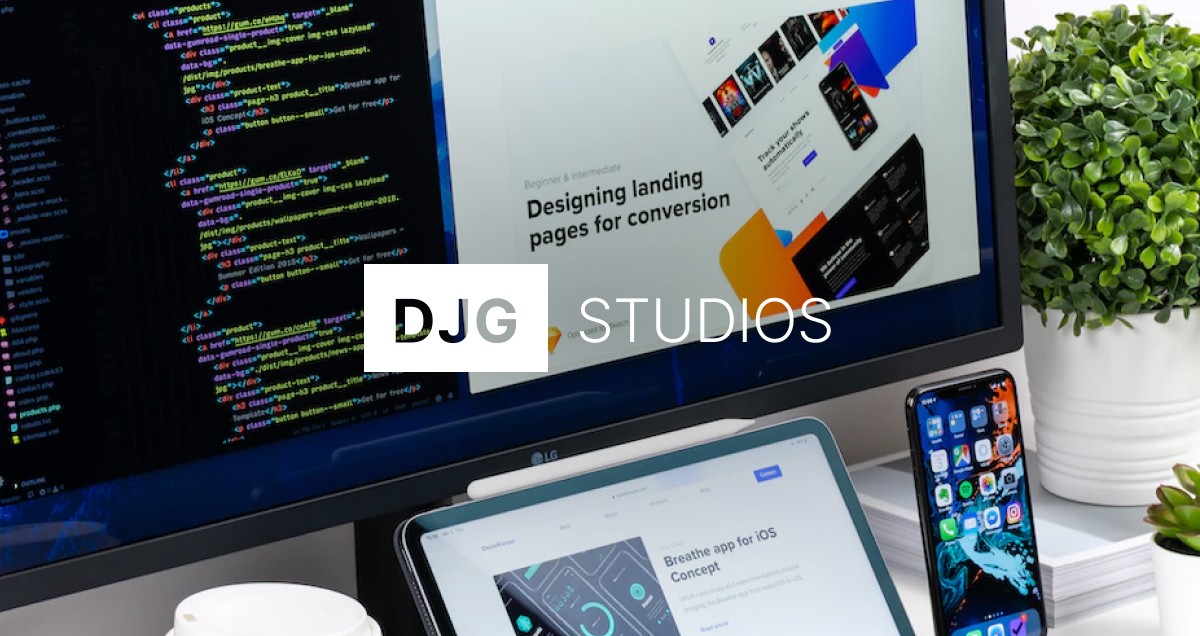The Future of Web Development: Why Headless, Decoupled, and API-First Architectures Are Changing the Game

In the ever-evolving world of web development, flexibility and performance are everything. As digital experiences grow more complex and user expectations rise, the traditional “all-in-one” website model is giving way to something far more powerful: Headless, Decoupled, and API-First architectures.
At Devignify Studio, we’ve embraced these modern frameworks because they allow us to craft scalable, lightning-fast, and future-proof digital solutions. But what exactly do these terms mean and why should your business care?
What Does “Headless” or “Decoupled” Mean?
In a traditional website setup, the frontend (what users see) and the backend (where data and content live) are tightly connected. This can make updates, redesigns, or new platform integrations slow and cumbersome.
A headless or decoupled architecture breaks that link. The backend whether it’s a CMS like Prismic, Strapi, or WordPress (via WP Engine) acts purely as a content hub. The frontend, meanwhile, can be built using any modern technology stack: React, Next.js, Vue, or Svelte, for instance.
These two sides communicate through APIs (Application Programming Interfaces), which securely deliver content wherever it’s needed your website, mobile app, or even IoT devices.
In simple terms:
“Headless” means your content isn’t tied to one display. It’s flexible, portable, and ready for anything.
Why Go API-First?
An API-first approach puts the API at the centre of your digital ecosystem. Instead of building the website first and adding APIs as an afterthought, everything content, products, user data is designed to be accessible programmatically from day one.
This makes it far easier to integrate with other platforms, automate workflows, and ensure long-term scalability. Whether you’re connecting Shopify to a custom frontend, syncing data from a CRM, or powering a mobile app, an API-first foundation ensures your systems play nicely together.
The Power of Microservices and Serverless Functions
Modern web architecture goes hand-in-hand with microservices and serverless functions—small, independent components that each handle a specific task.
Microservices: Instead of one large, monolithic backend, you have a series of smaller services for example, user authentication, payments, and analytics that communicate through APIs. This makes your system easier to update and scale.
Serverless functions: With platforms like AWS Lambda, Vercel Functions, or Cloudflare Workers, you can run backend code on demand, without managing servers. It’s cost-effective, efficient, and perfect for handling spikes in traffic.
Together, these technologies deliver the holy grail of web development: speed, scalability, and reliability.
The Role of Edge Computing
Performance matters, especially when milliseconds can make or break a conversion. Edge computing takes your content and pushes it closer to your users literally. By distributing your backend processes and static assets across a global network of edge servers, your site loads faster no matter where in the world your visitors are.
For e-commerce, SaaS platforms, and global brands, this isn’t just a technical perk it’s a competitive advantage.
Why Your Business Should Care
Going headless or API-first isn’t just about adopting new tech for the sake of it. It’s about future-proofing your digital presence.
Faster performance → Better SEO and higher conversions
Easier redesigns → Update your front-end without touching your backend
Omnichannel reach → Push content to websites, apps, and new devices seamlessly
Improved developer productivity → Teams can work independently and ship faster
Long-term scalability → Add features or integrations without rebuilding from scratch
Final Thoughts
At Devignify Studio, we believe the future of the web is headless, modular, and API-driven. Whether you’re looking to modernise an ageing WordPress site, integrate multiple data sources, or build a lightning-fast e-commerce platform, adopting a headless architecture could be the smartest digital investment you make this decade.
Published on
October 13, 2025




